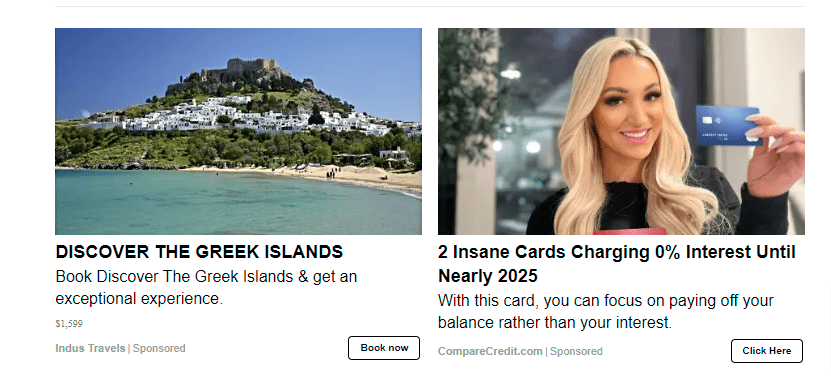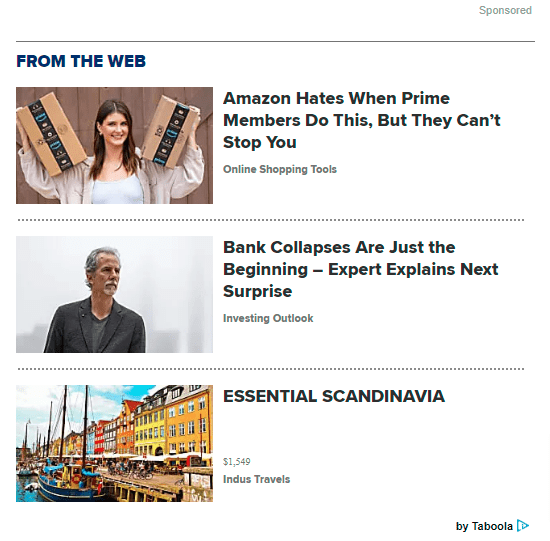Native advertising has become a popular buzzword in the advertising industry in recent years, but many people still wonder about its origins and how it got its name. In this article, we will delve into the history of native advertising and explain why it is called what it is.
Native advertising is a form of advertising that is designed to blend in with the content around it. It is intended to provide a seamless experience for the reader or viewer, without disrupting their browsing or viewing experience. Native ads can appear in various formats, such as sponsored content, recommended articles, or promoted posts.
The concept of native advertising is not new, and it has been around for over a century. However, the term “native advertising” was famously coined in 2011 by Fred Wilson, a venture capitalist, and John Battelle, the founder of Federated Media.

However, well before 2011, as early as 2008, companies like Adblade, Outbrain and Taboola were already in the marketplace using the term “Native Advertising”.
The term was used to describe an advertising strategy that aimed to match the form and function of the content in which it appeared. The idea was to create ads that were so seamlessly integrated into the content that readers would not even realize they were seeing an ad.
But why is it called “native” advertising? The term “native” comes from the idea of ads that are “native” to the platform on which they appear. In other words, the ads are designed to fit in with the look and feel of the website, app, or social media platform where they are displayed.
The concept of “native” advertising is rooted in the idea that advertising should not be intrusive or disruptive to the user experience. Instead, ads should enhance the content and provide additional value to the reader or viewer.

The popularity of native advertising has skyrocketed in recent years, as brands have realized that keeping all of their eggs in one basket (looking at you Facebook!) was risky. Anyone who has run ads on Facebook, knows how easy it is to get banned for absolutely no reason.
Native ads have been shown to be more effective than traditional banner ads, with higher click-through rates, engagement rates, and brand recall.
Moreover, native advertising has also been shown to be more acceptable to consumers, who are increasingly wary of traditional forms of advertising that interrupt their browsing or viewing experience. By blending in with the content around them, native ads are less likely to be seen as intrusive or annoying.
In conclusion, native advertising has become a popular marketing strategy due to its ability to seamlessly integrate with the content around it, providing value to the reader or viewer while also promoting brands. The term “native” advertising was coined in 2011 to describe this approach, which aims to create ads that are “native” to the platform on which they appear. As advertising continues to evolve, it’s clear that native advertising will continue to play a significant role in the industry for years to come.

